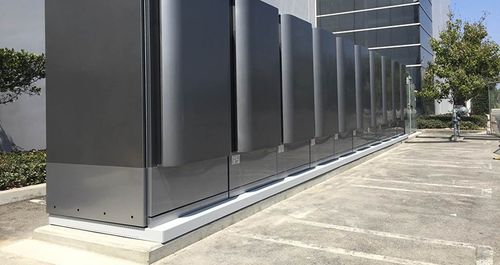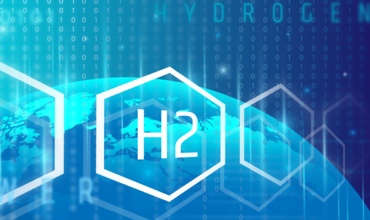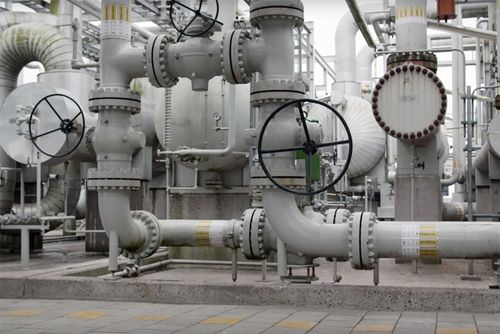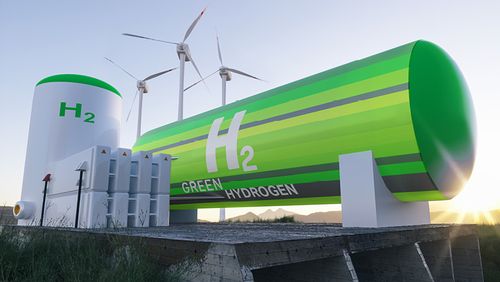Amogy, an ammonia-to-power technology start-up, will likely launch a $400m to $500m Series C late next year, CEO Seonghoon Woo said in an interview.
The company should achieve its first revenues this year and grow those revenues in 2024 to reach a target valuation, Woo said. The company to date has not used a financial advisor.
Amogy is planning to use proceeds from a recent Series B-1 capital raise to expand into a Houston manufacturing facility as it seeks to bring its product to the market.
After demonstrating its technology on a drone, a tractor, and a semi truck, the company is currently working to install its ammonia-cracking technology on a tugboat, and plans to advance a commercialization strategy starting in 2024, Woo said.
The proceeds of the $139m capital raise announced last week will allow Amogy to expand into an already-built facility in Houston, Woo said. The company also plans to roughly double its workforce from 110 employees currently as it boosts capacity in R&D, manufacturing, and commercialization.

Amogy was founded in 2020 by four MIT PhD alumni, including Woo, and is based in Brooklyn, New York.
Ammonia vs hydrogen
Woo believes using ammonia as a fuel and cracking it into hydrogen solves the transportation issues facing hydrogen, as ammonia is already a widely traded global commodity.
Similarly, at room temperature, ammonia can be stored as a liquid with only mild pressure (~8 bar), compared to the cryogenic requirements for liquid hydrogen.
And, according to a white paper commissioned by Amogy, the volumetric energy density of liquid ammonia is 12.7 megajoules per liter, which is higher than for liquid hydrogen at 8.5 MJ/L and compressed hydrogen at 4.7 MJ/L (at a pressure of 69 MPa in ambient temperature conditions), but lower than for diesel or gasoline.
“Over an equivalent distance, fueling a vehicle solely using ammonia would require approximately three times the internal tank volume needed for conventional diesel fuel but three times less than the volume required for compressed hydrogen,” the paper reads.
While Amogy’s technology is compatible with any color ammonia, Woo said regulations in Scandinavia and Europe give confidence that the global market for clean ammonia will become competitive with fossil-based fuels.
Scaling up
The recent capital raise gives Amogy roughly two years of runway before additional fundraising might be needed, at which point the company will have more visibility into revenue growth, Woo added.
The latest funding round was led by SK Innovation, joined by other global investors including Temasek, Korea Zinc, Aramco Ventures, AP Ventures, MOL PLUS, Yanmar Ventures, Zeon Ventures and DCVC.
The company previously raised roughly $70m in three separate funding rounds, with proceeds allowing it to demonstrate the drone, heavy-duty tractor, and semi truck. Woo said the tractor project drew interest from John Deere, which sent representatives to observe and offer some assistance on the retrofit.
In previous capital raises, Woo said Amogy has encountered investor reluctance to enter what is considered an early market with regulatory and economic risk, with some investors wanting to wait as much as another two years before gaining exposure to the market. The strongest interest has come from upstream producers.
Amogy plans to continue scaling up its technology in the maritime industry to cargo and container ships as well as offshore supply vessels, Woo said.









